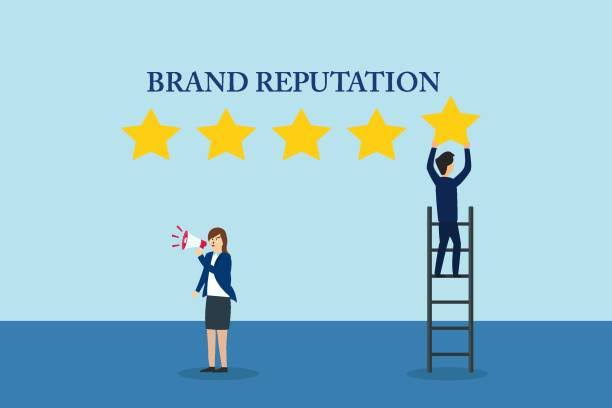In conversation with Zahara Kanchwalla is the co-founder & CEO of Rite Knowledge Labs

- How have corporate websites evolved in recent years? What is their role in reputation building for businesses?
As a content-first digital agency, we’ve seen corporate websites evolve from static brochures to intuitive and intelligent platforms that serve as a company’s digital headquarters. Today, a website is the single source of truth for diverse stakeholders. Whether serving as the first point of contact for potential customers or the go-to platform for existing ones, a website is a crucial asset. Moreover, in today’s competitive job market, a corporate website can serve as a valuable tool to showcase company culture, values, ESG and opportunities for career growth, helping to attract top talent.
Accurate and up-to-date financial information is critical for investors and analysts to make informed decisions and build trust with a company. From a business partner or supplier’s perspective, a corporate website can provide valuable information about the company’s operations, culture, and goals to build trust and foster better business relationships. Clear information about policies, procedures, certifications and accreditations on the website can demonstrate transparency to regulators. Media personnel rely on a corporate website for accurate and timely information for reporting purposes.
Overall, content based on a 360-degree stakeholder strategy is essential for a corporate website to transition from a mere brochure to a dynamic and engaging platform, an essential asset for reputation building.
- Why is thought leadership important? How can a corporate website support this effort?
Over the years, we have built over 200 content-focused websites. From this experience, I can say that establishing thought leadership is essential in building reputation and trust. And a corporate website is a powerful tool for supporting this effort. Ultimately, by investing in thought leadership, companies can differentiate themselves, attract new customers and talent, and build a strong and enduring reputation in their industry.
A company can establish itself as a trusted source of information and a thought leader by providing valuable insights, knowledge, and demonstrating industry expertise through various content assets such as whitepapers, customer success stories, leadership blogs and educational articles.
Such a content-rich approach can provide valuable insights, expert knowledge, and original perspectives on industry trends. To effectively establish thought leadership, it is crucial that the content does not come across as self-promotional, pushy or sales-oriented. Instead, the focus should be on showcasing expertise and sharing knowledge from a position of authority. This approach is a pull strategy, where the content attracts, educates and engages the audience, rather than pushing the company’s narrative.
- What are the challenges that large companies face in revamping their corporate website? How does a content-first approach help?
Content creation and curation is a typical pain point for large companies, particularly those with multiple departments involved and diverse stakeholder audiences. The lack of a focused content strategy leads to disruptions in the navigation flow and messaging. A well-planned and executed website content strategy can create a compelling and engaging user journey delivering valuable insights and drives the audience to the desired call-to-action.
Today’s audience is increasingly characterized by a short attention span, attributed mainly to the prevalence of digital devices and information overload. It’s estimated that users spend an average of 2.6 seconds scanning a website before deciding whether to engage further or move on. This means that businesses must capture their audience’s attention quickly, making every second count when it comes to website design and content. Further, the statistic that users spend an average of 5.59 seconds looking at a website’s written content highlights the importance of content.
We work collaboratively with our clients to develop a content-first approach. We use agile development processes and project management tools to ensure that the project moves quickly and efficiently, while maintaining a high level of quality and attention to detail.
- How much time does it typically take to create a website? How do you ensure that the process remains efficient and effective?
Large organizations often have complex structures that can make decision-making slow and cumbersome. I believe that it’s important to keep website development teams small and agile to ensure that the process remains efficient and effective. As Seth Godin once said, “Fire the committee. No great website in history has been conceived of by more than three people. Not one. This is a deal breaker.” We’ve seen first-hand how involving too many people in the decision-making process can lead to slow progress and diluted vision.
That being said, we’ve built large websites that run into hundreds of pages end to end, from content to UI-UX design and development. We achieve this by following a content-first approach, where we focus on creating high-quality, valuable content that serves as the foundation for the website. By prioritizing content, we’re able to streamline the responsive design and development to ensure that the website meets the needs of our stakeholder audiences. Additionally, we use agile methodologies and cloud-based project management tools to keep the process on track and ensure that we’re delivering the website on time.






